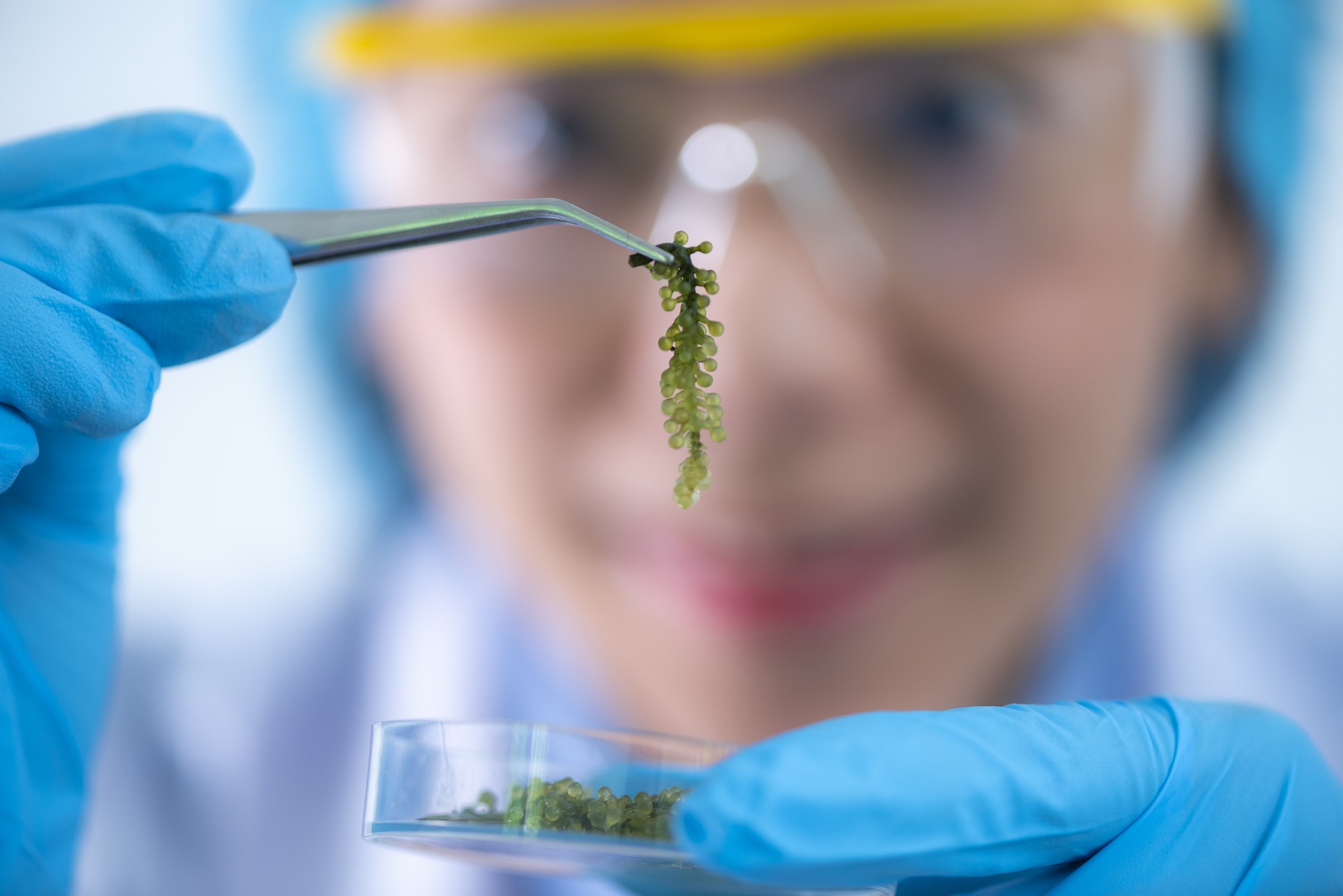Acoustic separation and innovative algae harvesting techniques are gaining momentum in the field of algae research. These methods offer numerous benefits such as energy efficiency, reduced damage to cells, and scalability. This article will discuss these benefits in detail and shed light on the potential of these cutting-edge technologies in revolutionizing the algae industry.
Energy Efficiency
Traditional algae harvesting techniques, such as centrifugation, require a significant amount of energy to operate. In contrast, acoustic separation is an energy-efficient method that relies on sound waves to separate algae from the liquid medium. By generating pressure fluctuations in the liquid, acoustic separation causes algal cells to move towards the pressure nodes, eventually forming a concentrated biomass.
This process requires much less energy compared to conventional methods, making it a more sustainable option for large-scale algae production. Moreover, the reduced energy consumption translates into lower operational costs for algae producers, thereby increasing the overall economic viability of algae-based products.
Less Damage to Cells
Another significant advantage of acoustic separation and innovative algae harvesting techniques is their gentle nature. Unlike centrifugation or filtration, these methods do not involve mechanical forces that can cause damage to delicate algal cells. This is particularly important when dealing with high-value strains used for pharmaceuticals or nutraceuticals, where preserving cell integrity is crucial.
Additionally, maintaining cell viability during the harvesting process can also be advantageous for biofuel production. Intact algal cells can be more efficiently converted into biofuels through processes such as hydrothermal liquefaction or anaerobic digestion. Thus, employing gentle harvesting techniques can potentially lead to higher biofuel yields and better-quality end products.
Scalability
Scalability is a critical factor when considering algae production systems. Acoustic separation and innovative harvesting techniques are highly scalable, making them suitable for both small-scale research projects and large-scale industrial applications. For instance, ultrasonic devices used for acoustic separation can be easily adjusted to accommodate different volumes and flow rates, allowing for seamless scale-up.
Furthermore, these technologies can be integrated into existing algae production systems with minimal modifications, making them an attractive option for established algae producers looking to improve their harvesting efficiency. The versatility and adaptability of these techniques make them a promising solution for meeting the growing demand for algae-based products in various sectors, including biofuels, pharmaceuticals, nutraceuticals, and animal feed.
Future Prospects
As the algae industry continues to grow and evolve, it is essential to develop innovative and sustainable methods to harvest and process algal biomass. Acoustic separation and other advanced harvesting techniques offer numerous benefits that can help address the challenges faced by the industry. By improving energy efficiency, reducing cell damage, and offering scalability options, these methods have the potential to transform algae production and contribute to a more sustainable future.
Researchers and industry players must continue exploring the possibilities offered by these technologies and invest in their development to unlock their full potential. Collaborations between academia and industry can facilitate the transfer of knowledge and accelerate the implementation of these innovative techniques in real-world applications.
In conclusion, acoustic separation and innovative algae harvesting techniques hold great promise for revolutionizing the algae industry. By providing energy-efficient, gentle, and scalable solutions, these methods can significantly improve the sustainability and economic viability of algae-based products. As research in this area advances, we can expect to see more widespread adoption of these technologies, driving growth in the algae market and contributing to a greener future.

